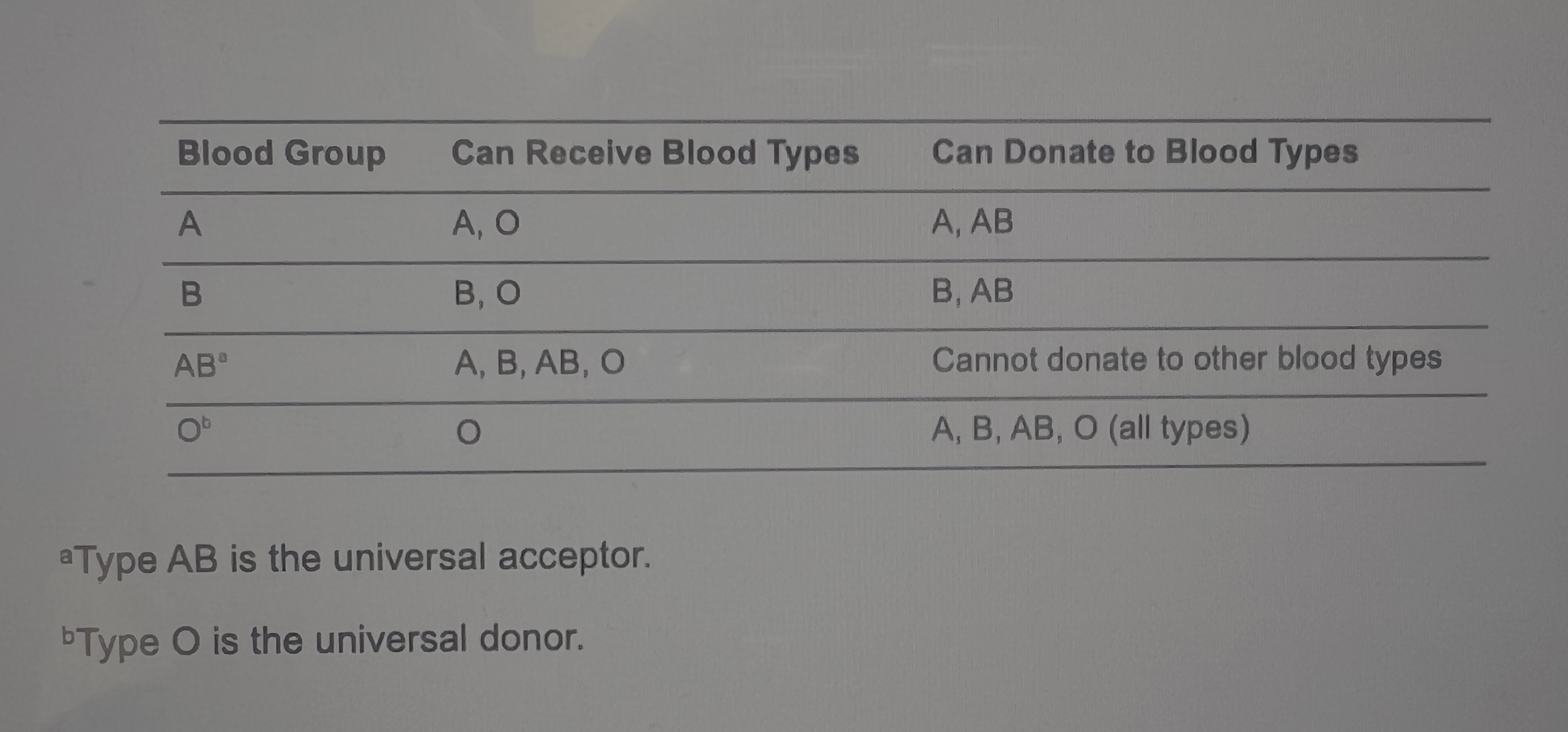chem 107 3/25/25 rest of lecture 6
1/16
There's no tags or description
Looks like no tags are added yet.
Name | Mastery | Learn | Test | Matching | Spaced |
|---|
No study sessions yet.
17 Terms
Three Important Disaccharides—Sucrose
Sucrose is the most abundant disaccharide in nature. It is found in
sugar cane and sugar beets.
• When glucose and fructose join in an
glycosidic bond, sucrose is formed.
• In sucrose, both anomeric carbons are bonded (carbon 1 of glucose
and carbon 2 of fructose). Because there is no free anomeric carbon,
sucrose is not a reducing sugar.

Simple Sugars

Table [continued] Other Sweeteners

Polysaccharides
Glucose can be stored in both plants and animals using
starch and glycogen respectively, by connecting α-glucose
units through glycosidic bonds.
• Connecting many β-glucose units produces the molecule
cellulose, a structural material in plants.
• These polysaccharides are very large molecules that
consist of monosaccharides bonded through their anomeric
carbon atom.
• Polysaccharides do not contain a sufficient number of
reducing ends to give a positive Benedict’s test.
Storage Polysaccharides: Amylose and Amylopectin

6.6 Amylose (3 of 8)

6.6 Amylopectin (4 of 8)

6.6 Polysaccharides (5 of 8)
Storage Polysaccharides: Glycogen
• Glycogen is the storage polysaccharide found in animals.
• Most glycogen stores are located in the liver and in muscles.
• Glycogen is identical in structure to amylopectin except
that a(1→6) branching occurs about every 12 glucose units.
• Glycogen is hydrolyzed to glucose in the liver and sent into
the bloodstream to maintain constant glucose levels in the blood
when sugars are not being consumed.
• The large amount of branching in this molecule allows for
quick hydrolysis when glucose is needed.
6.6 Polysaccharides (6 of 8)
Structural Polysaccharides: Cellulose
• Cellulose contains B(1—>4) -bonded glucose units.
• This change in glycosidic bond configuration completely
alters the overall structure of cellulose compared with that of
amylose.
• Whereas amylose coils in an α-bonded glucose chain, the β-
bonded chain of cellulose is straight.
• Many of these straight chains of cellulose align next to each
other, forming a strong, rigid structure.
• We cannot digest cellulose, but it is still an important part of our
diet because it assists with digestive movement in the small and
large intestine.
6.6 Polysaccharides (7 of 8)
Structural Polysaccharides: Chitin
• Chitin is a polysaccharide that makes up the exoskeleton of insects
and crustaceans and the cell walls of most fungi.
• It is made up of a modified β -D-glucose called
N-acetylglucosamine with B(1—>4) glycosidic bonds. An
amide group replaces the hydroxyl group at carbon 2.
• Like cellulose, chitin is a structurally strong material with many uses,
one of which is a surgical thread that biodegrades as a wound heals.
• Chitin is present in many insects’ exoskeletons and serves to protect
them from water. Because of this property, chitin can be used to
waterproof paper.
• When ground, chitin becomes a powder that holds in moisture, and
can be added to cosmetics and lotions.
6.6 Polysaccharides (8 of 8)

6.6 Polysaccharides (8 of 8) Part 2

6.7 Carbohydrates and Blood (1 of 5)
Red blood cells have a number of chemical markers bonded to the cell surface, including the ABO blood markers, which contain three or four monosaccharides.

6.7 Carbohydrates and Blood (2 of 5)

6.7 Carbohydrates and Blood (3 of 5)
Each person’s immune system can recognize only its own
carbohydrate set (A, B, or O) and will try to destroy what it
considers a foreign blood type.
• Because the trisaccharide on the cells of O-type blood is
present on cells of all blood types (A, B, and AB), no blood
type recognizes the O carbohydrate set as foreign.
• The AB blood type is considered the universal acceptor
blood type: AB blood contains all possible ABO
combination types, so any blood type transfused will be
accepted by the body.
6.7 Carbohydrates and Blood (4 of 5)

6.7 Carbohydrates and Blood (5 of 5)
Heparin is a polysaccharide that prevents clotting.
• Heparin is a highly ionic polysaccharide of many repeating
disaccharide units.
• These molecules, called glycosaminoglycans, all have highly
charged repeating disaccharide units, mainly due to the presence of
sulfate groups.
